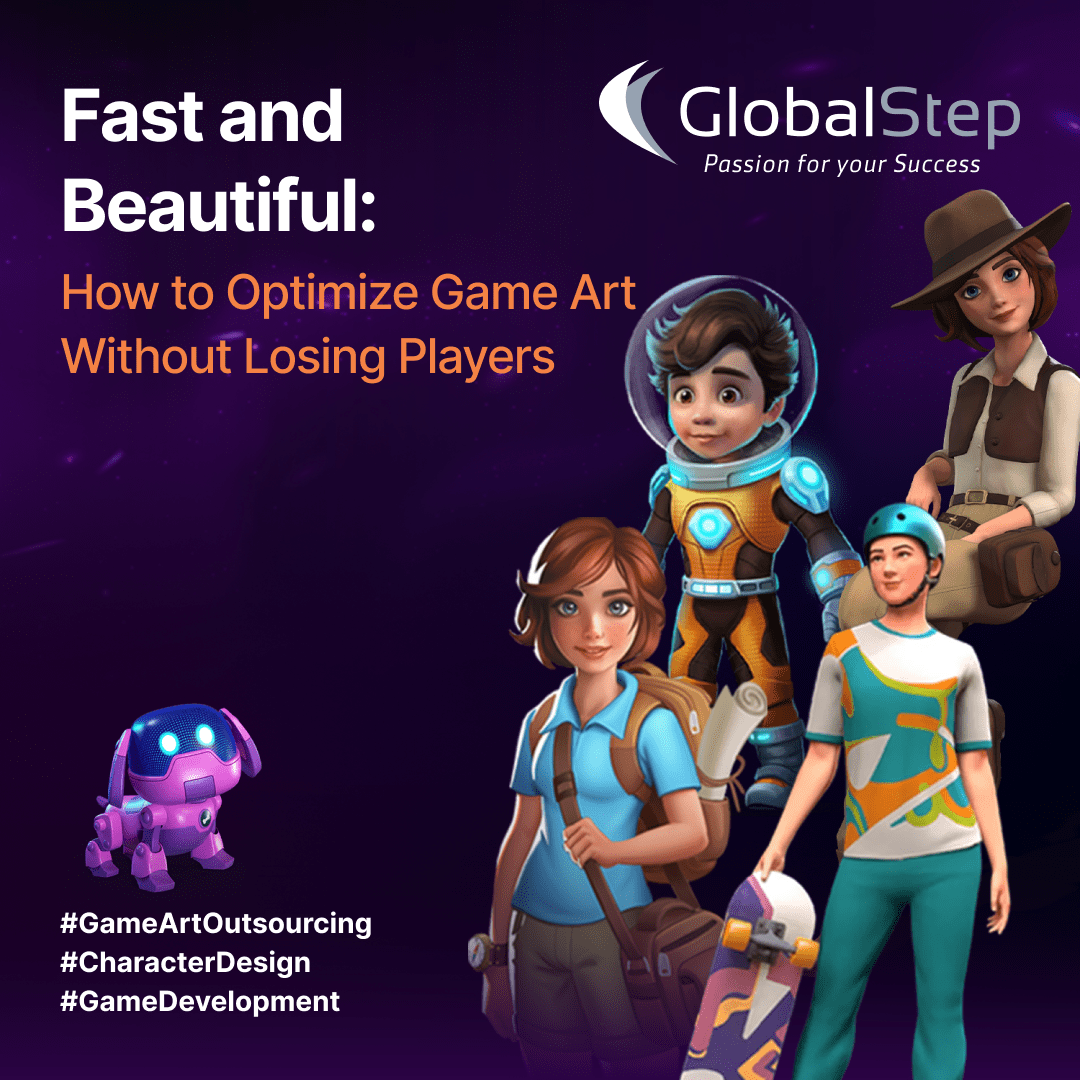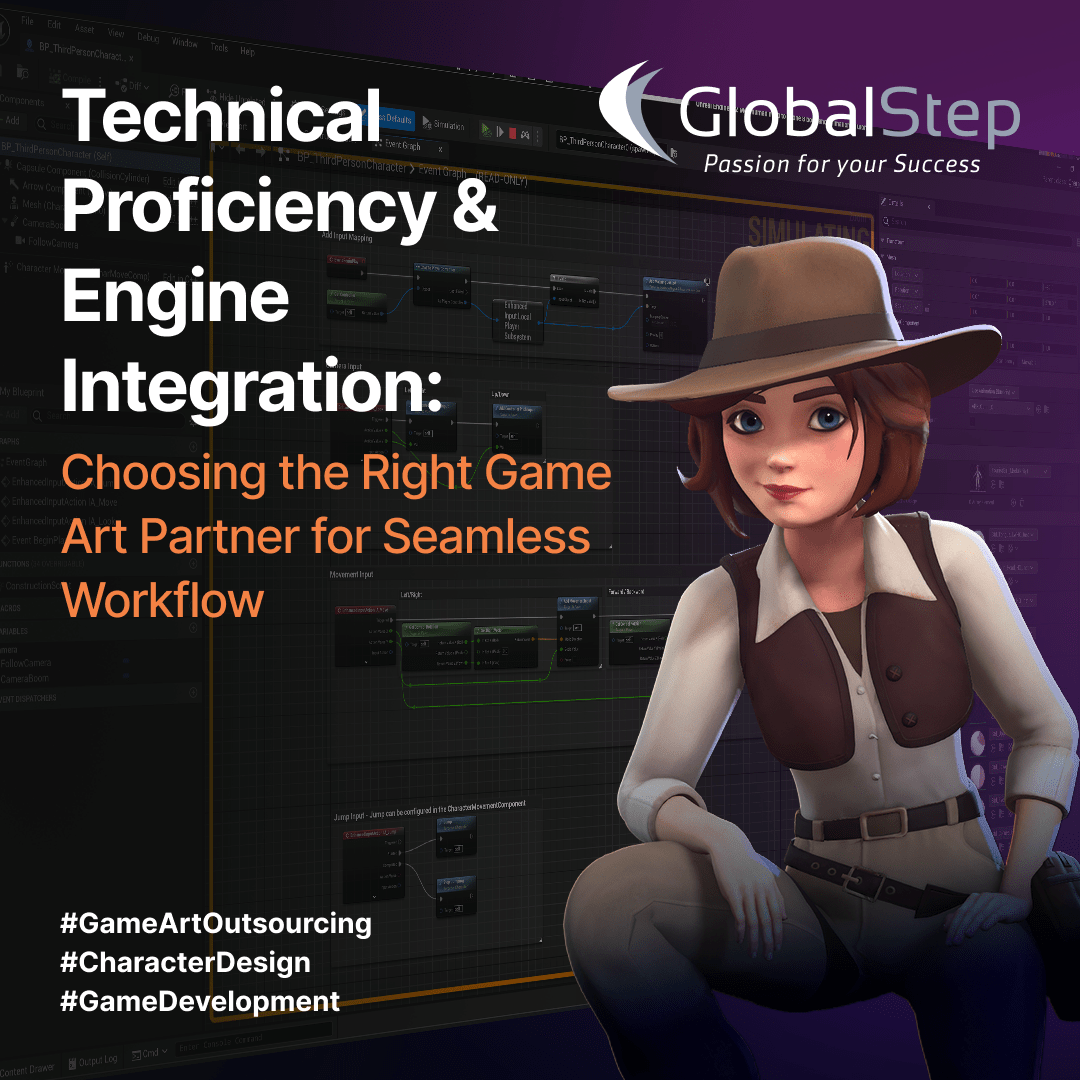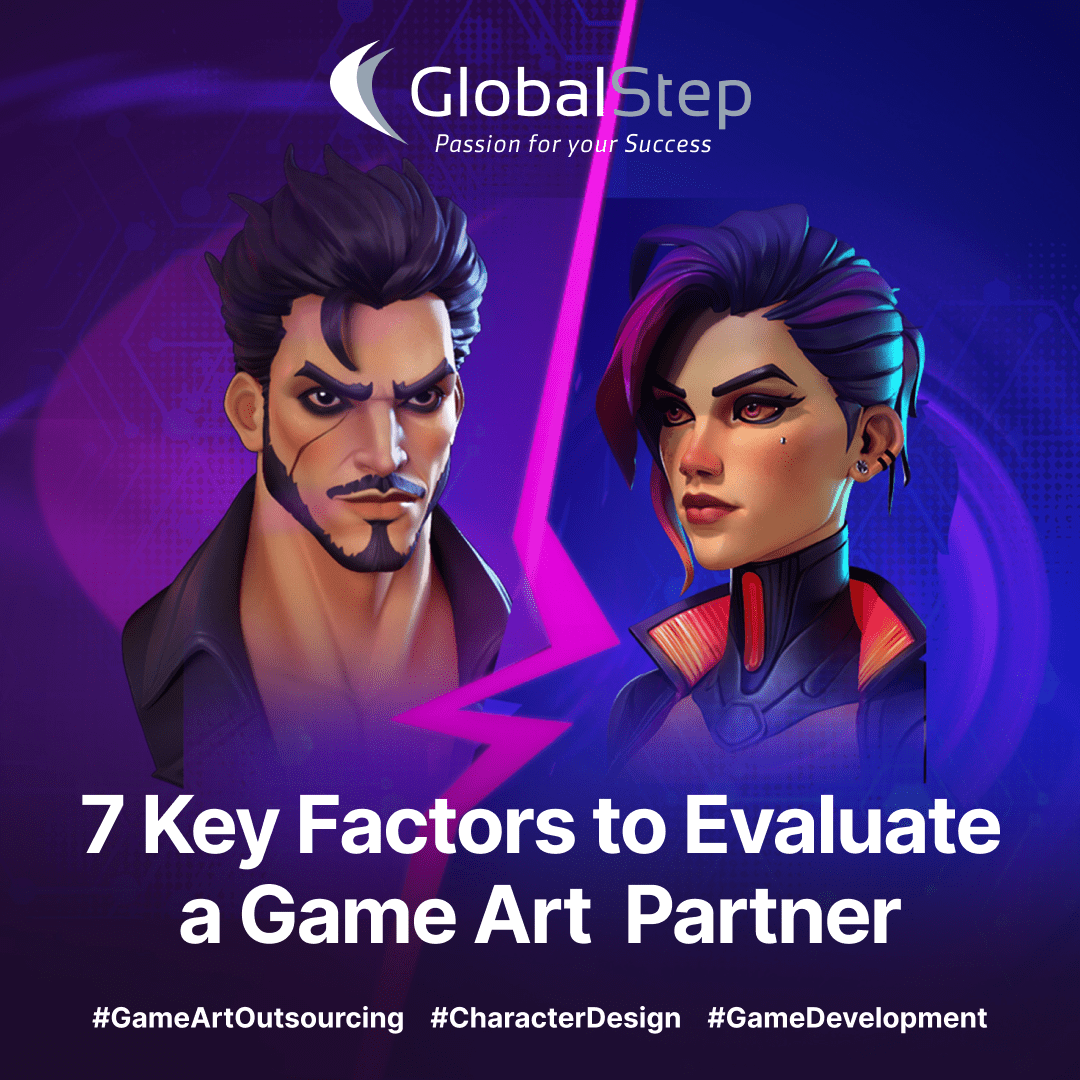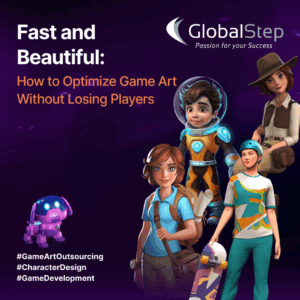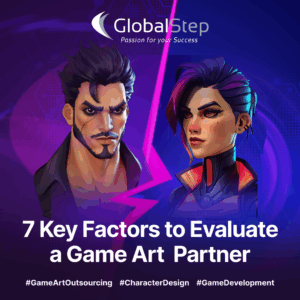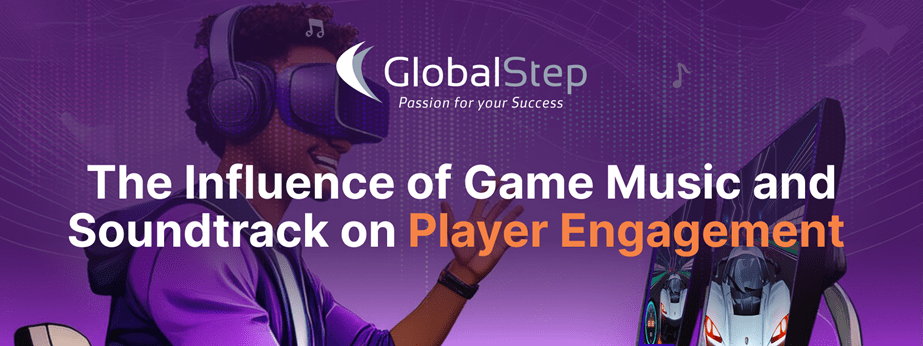
Imagine jumping into a game where every beat of the soundtrack pulls you in deeper. Each challenge feels more intense, and each victory seems more epic. Music and sound design in games are not just background noise — they shape your experience and emotional bond with the game. But how does music really influence player engagement? Why must developers nail it?
The Role of Music in Game Atmosphere
Music in video games is not just something irrelevant playing in the background; it sets the atmosphere by creating moods and impacting emotions. A great soundtrack can make boss fights feel tense, exploration serene, or races thrilling. This emotional connection keeps players hooked, making them feel part of the game world.
Take horror games, for example — music often showcases what a player feels. Sudden tempo changes or creepy chords signal danger, ramping up fear and anticipation. In open-world games, soothing music during exploration encourages relaxation and immersion.
Problem: Overlooking the Impact of Sound Design

However, albeit music’s importance, some developers overlook this critical aspect during development. Treating music as an afterthought can lead to a disjointed experience where the soundtrack does not match themes or narratives, breaking immersion and making the game less engaging. Moreover, poorly integrated music can also clash with gameplay mechanics, causing frustration instead of enhancing experiences. For instance, repetitive soundtracks make long sessions boring quickly, leading to player fatigue.
Solution: Strategic Integration of Music and Sound Design
One effective approach is dynamic music systems, where the soundtrack evolves in real-time based on the player’s actions. This technique creates a more immersive experience, as the music adapts to reflect the intensity of a battle or the calm of a peaceful village. By doing so, the game’s audio becomes a direct reflection of the player’s journey, deepening their emotional investment.
To avoid these issues, developers need to integrate music strategically from day one, working closely with composers and ensuring that tracks align perfectly with a video game’s narrative, pacing, and emotional beats.
One strategic approach is dynamic music systems, where soundtracks change based on a player’s move. This technique allows the music to change with the intensity of a battle or the calmness of a peaceful village. This way, the game’s audio mirrors what is happening in real-time, making players feel more connected and emotionally invested.
In many games, you can notice how the background score shifts when enemies appear or when something significant happens. This adaptive approach ensures that each moment feels unique and engaging. For example, as you explore different areas, you’ll hear distinct themes that match their atmosphere perfectly.
By having dynamic soundtracks, game developers create an immersive experience where players are not just playing but feeling every twist and turn of their journey. It turns simple gameplay into an emotional adventure where every sound adds to the story being told through actions on screen.
GlobalStep’s Approach to Audio Localization and Integration
At GlobalStep, we recognize how essential audio design is to the gaming experience. Our talented team specializes in both audio design and integration. We make sure that every soundtrack, sound effect, and musical cue aligns with the game’s narrative and emotional beats. Whether we are crafting a brand new audio landscape or enhancing an existing one, our services are tailored to elevate your game and keep players immersed from the first moment to the last.
Conclusion
Music and sound design are pivotal in shaping player engagement in games. When developers integrate audio from the beginning of a project, they create more immersive, emotionally resonant experiences. At GlobalStep, we collaborate with our clients to achieve these ends—to bring every auditory aspect of gameplay to life and ensure an unforgettable journey for players. Whether you’re looking to craft evocative soundscapes or precisely tuned sound effects, we can help you harness the power of audio design to make your game truly memorable.
Want to make a soundtrack that sticks with players? Check out our audio integration services to see how GlobalStep can help you build an unforgettable gaming experience. Also, learn about our other services like game art, level design, game engineering, localization & LQA and quality assurance to elevate your game even more.
